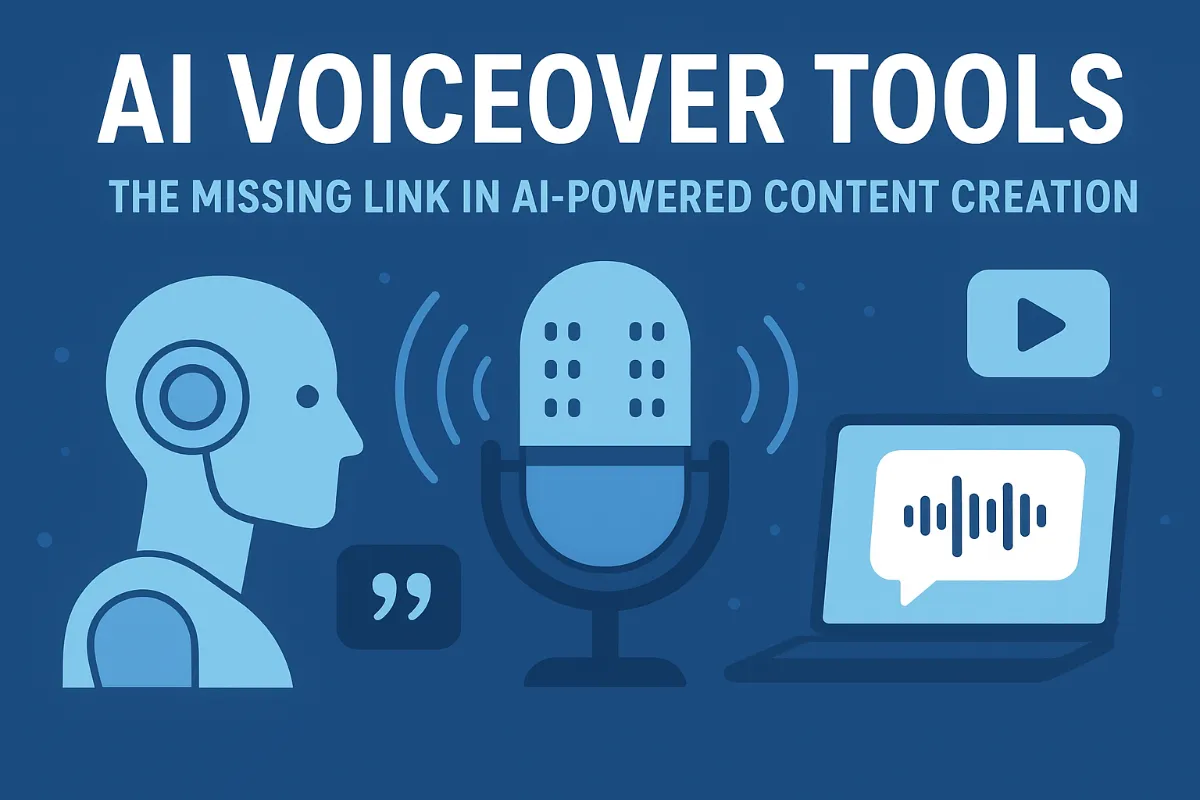How API-Driven Design Enhances E-commerce Integrations
As the digital marketplace evolves, with more businesses attempting to deliver seamless experiences to enable higher user flow, the need for tools that will allow this experience keeps rising. One of the major factors behind this transformation is using API-driven designs. It provides an easy route to innovation by improving e-commerce integrations. Today, we will look at the benefits and features of API-driven design in e-commerce and how API-driven design can change how you operate.
Using API-Driven Design Theory
An API-driven design is one where applications are built around Application Programming Interfaces (APIs). These APIs act as middlemen, helping two separate software systems communicate with each other. This method allows for a wide range of integrations in the e-commerce space. It becomes much easier for businesses to enhance functionality, streamline operations, and improve the overall user experience. The best e-commerce website design services have been using API-driven approaches for the many benefits they offer.
Seamless Integration
One significant advantage of API-based design is that it facilitates intelligent interoperability. Companies can link their separate systems through APIs, allowing information to flow seamlessly. Such connectivity minimizes operational friction and encourages efficiency. For example, integrating seamlessly with payment gateways, inventory systems, and customer relationship management (CRM) tools makes sense for greater overall synergy.
Enhanced Flexibility
Flexibility is another key benefit of API-driven design. APIs also help ensure that e-commerce platforms can easily adapt to changes in technology and consumer behavior. For example, new services can be added without tearing out existing systems. This versatility helps businesses stay competitive by allowing them to respond agilely to customers' changing needs.
Scalability and Growth
Scalability is supported through API-driven design. As businesses grow, scaling is critical to managing more traffic and transactions. An API enables growth because scaling distributes the load across multiple servers. This ability to expand ensures apt performance even during peak times, providing consumers with a reliable shopping experience.
Better Experience for Customers
Customer experience is one of the most critical things in e-commerce. This has a lot to do with API-driven design. By combining various functionalities, businesses can provide rich, fast, seamless interactions customized to consumers' needs. This enables real-time inventory updates, personalized recommendations, and seamless checkout processes, increasing shopper satisfaction.
Simplified Development Processes
API-first design provides a streamlined approach to building things. This allows developers to work on mini systems, thus making the overall system easier to build and maintain. Such a modular structure makes development cycles faster and allows new features and updates to enter markets rapidly. This allows businesses to respond quickly to market needs and remain one step ahead of the competition.
Security and Reliability
Security has always been a top priority in the e-commerce industry. It has been said that an API-driven design can help build strong security frameworks. APIs provide a controlled way to access the data, as only intended systems should be able to access or communicate with each other. In this sense, this control minimizes vulnerabilities, keeps sensitive data protected, and maintains the level of confidence among users. Moreover, APIs enable redundancy, which makes it possible to increase reliability and ensure that services are not interrupted.
Cost Efficiency
Cost-efficiency is the key factor when it comes to e-commerce businesses. API-driven design can lead to lower operational expenses. Companies can use the existing API to save on development costs that would have been further wasted by reinventing the wheel. Moreover, with streamlined processes and scalability, operational overhead is reduced, benefiting the business economically.
Collaboration and Creativity
Collaboration enhances innovation, and APIs facilitate collaboration. Enterprises can effortlessly utilize third-party services and tools, adding to their solutions without having to reinvent the wheel for everything. This collaborative environment unleashes creativity and unique solutions to meet customer preferences. Business partnerships are also possible, which opens the door for innovation.
Preparing Business Models To Stand the Test of Time
Business models need future-proofing in our always-shifting digital landscape. An API-driven design gives companies the agility they need to grow with technology. It enables businesses to integrate emerging technologies and trends seamlessly. Such an approach prepares the business for the future, allowing it to remain sustainable and relevant to the market for a longer period.
Final Thoughts
API-first design is a herald of change in the world of e-commerce. API-driven design offers several benefits, including strengthening integration, driving operations, and boosting customer experience. This approach can help businesses unleash new heights of efficiency, flexibility, and scalability. With the ever-evolving digital landscape, those following an API-driven design will be ahead of the game, providing a seamless experience to their users while constantly innovating.



